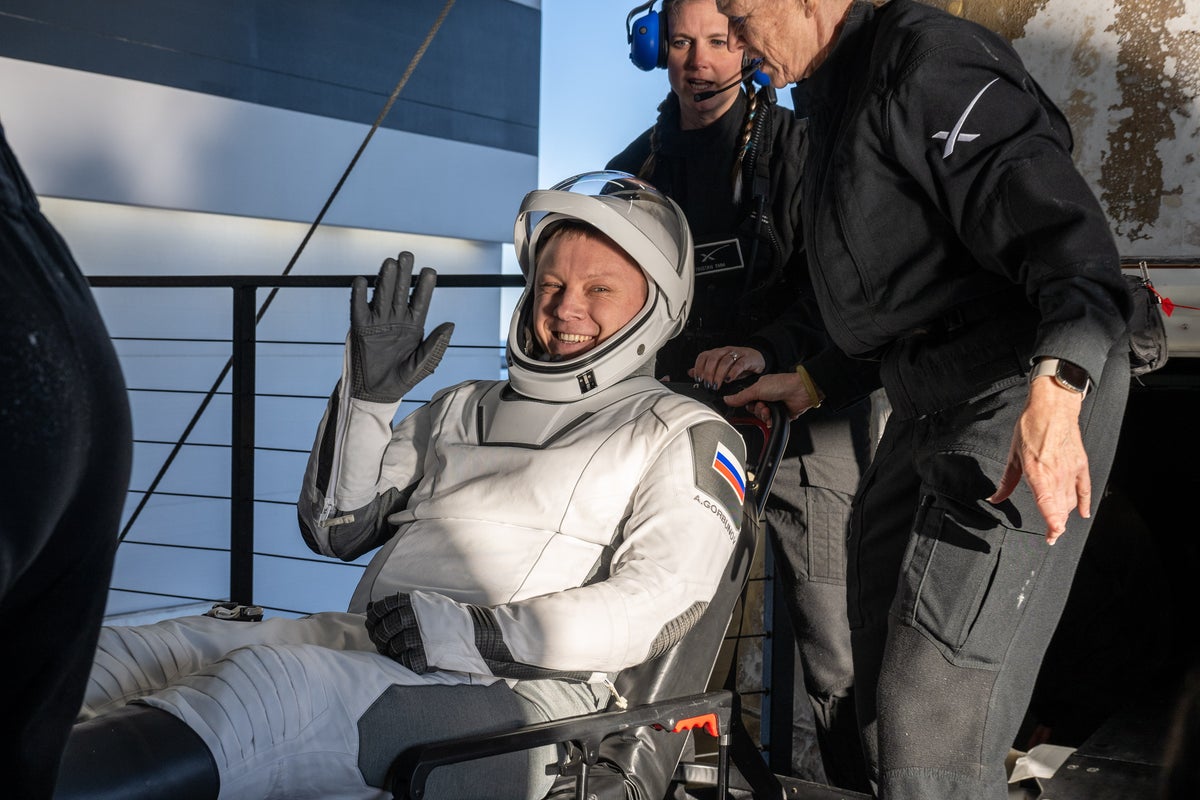A female-centric order has been discovered for the first time in European prehistory after scientists analysed DNA from a set of burial grounds in Dorset.
Geneticists from Trinity College Dublin, working with archaeologists from Bournemouth University, made the discovery by analysing the DNA from burial grounds in Winterborne Kingston, Dorset, which date back to the Roman conquest of AD43.
After examining 50 genomes from the remains, they found the community was centred around a female line of descent.
The study, published in the journal Nature, says this is the first time such a female-centric order has been found from European prehistory.
Dr Lara Cassidy, assistant professor at Trinity’s Department of Genetics, said: “This was the cemetery of a large kin group.
“We reconstructed a family tree with many different branches and found most members traced their maternal lineage back to a single woman, who would have lived centuries before. In contrast, relationships through the father’s line were almost absent.
“This tells us that husbands moved to join their wives’ communities upon marriage, with land potentially passed down through the female line.
“This is the first time this type of system has been documented in European prehistory and it predicts female social and political empowerment.
“It’s relatively rare in modern societies but this might not always have been the case.”
Excavation director Dr Miles Russell, of Bournemouth University, said the cemetery belonged to a community named by the Romans as “Durotriges”.
He said that previous excavations found that more richly furnished Durotrigan burial sites were those of women.
He added: “Beyond archaeology, knowledge of Iron Age Britain has come primarily from the Greek and Roman writers but they are not always considered the most trustworthy.
“That said, their commentary on British women is remarkable in light of these findings.
“When the Romans arrived, they were astonished to find women occupying positions of power. Two of the earliest recorded rulers were queens – Boudica and Cartimandua – who commanded armies.
“It’s been suggested that the Romans exaggerated the liberties of British women to paint a picture of an untamed society.
“But archaeology, and now genetics, implies women were influential in many spheres of Iron Age life. Indeed, it is possible that maternal ancestry was the primary shaper of group identities.”
The researchers also found by analysing data from other genetic surveys of Iron Age Britain that this “matrilocality” was not restricted to Dorset
Dan Bradley, professor of population genetics in Trinity’s Department of Genetics, and a co-author of the study, said: “Across Britain we saw cemeteries where most individuals were maternally descended from a small set of female ancestors.
“In Yorkshire, for example, one dominant matriline had been established before 400 BC. To our surprise, this was a widespread phenomenon with deep roots on the island.”
Anthropologist and bone specialist Dr Martin Smith, from Bournemouth University, said the results gave an insight into the way of living 2,000 years ago.
“We see these folk had deep knowledge of their own ancestry – multiple marriages between distant branches of this family occurred and were possibly favoured, but close inbreeding was avoided.”
Source: independent.co.uk



